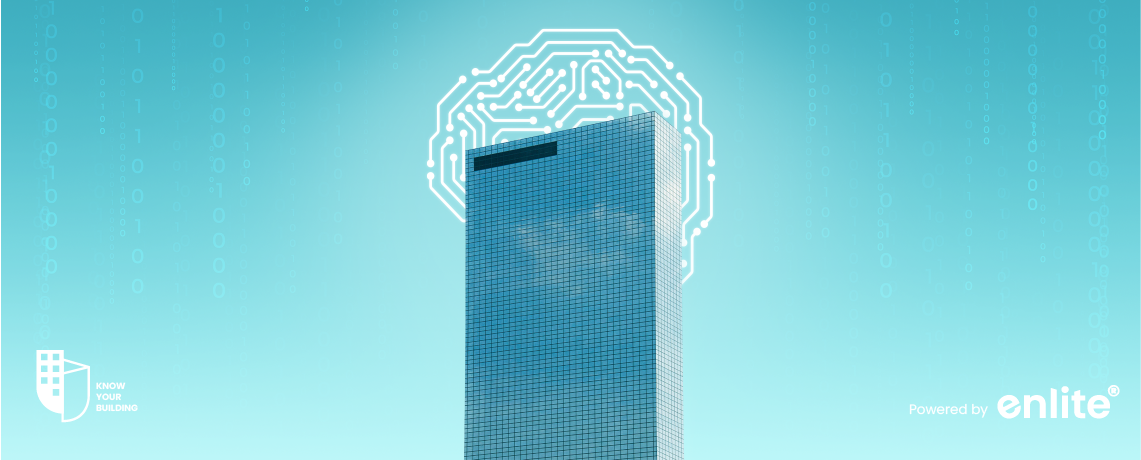The Intelligent Building: How AI is Revolutionizing Building Management Systems
Building Management Systems (BMS) have traditionally been the backbone of building operations, controlling essential functions like HVAC, lighting, and security. However, traditional BMS often operate in a reactive mode, responding to issues after they occur. The integration of Artificial Intelligence (AI) is fundamentally changing this paradigm, transforming BMS from reactive systems into proactive, predictive, and highly intelligent platforms.
AI: The Next Frontier in Building Automation
Artificial Intelligence, at its core, is about enabling machines to learn from data, identify patterns, and make decisions with minimal human intervention. In the context of a BMS, this translates to a system that can not only monitor and control building systems but also understand how the building operates, anticipate needs, and optimize performance in ways that were previously unimaginable.
Key Applications of AI in Building Management
The integration of AI into BMS is unlocking a wide range of benefits, significantly enhancing efficiency, sustainability, and occupant experience:
- Predictive Maintenance: Preventing Failures Before They Happen: This is arguably the most impactful application of AI in BMS. Instead of relying on scheduled maintenance or reacting to equipment failures, AI-powered BMS can analyze real-time data from sensors (vibration, temperature, pressure, energy consumption) to predict when maintenance is needed. Machine learning algorithms can identify subtle anomalies and patterns that might indicate an impending failure, allowing maintenance teams to intervene proactively. This minimizes downtime, prevents costly repairs, extends the lifespan of equipment, and ensures optimal energy efficiency.
- Advanced Energy Optimization: Beyond Simple Scheduling: AI takes energy optimization to a new level, going far beyond simple on/off schedules. By analyzing vast amounts of data – including historical energy consumption, real-time occupancy levels, weather forecasts, and even energy pricing – AI algorithms can dynamically adjust building systems to minimize energy use without compromising occupant comfort. This includes:
- Adaptive HVAC Control: AI can learn the thermal characteristics of the building and optimize heating and cooling based on predicted occupancy, external temperature fluctuations, and even solar gain.
- Intelligent Lighting Management: AI can optimize lighting levels based on daylight availability, occupancy patterns, and even individual preferences, minimizing the use of artificial lighting.
- Demand Response Participation: AI can enable the BMS to automatically respond to demand response signals from the utility, reducing energy consumption during peak demand periods and potentially earning financial incentives.
- Enhanced Occupant Comfort and Productivity: AI can personalize the building environment to improve occupant comfort and well-being. This might involve learning individual temperature preferences, adjusting lighting levels based on task, or proactively managing air quality based on predicted occupancy and external pollution levels. A more comfortable and healthy environment leads to increased productivity and reduced absenteeism.
- Proactive Security and Safety: AI can enhance building security by analyzing video feeds from security cameras to detect anomalies, such as unauthorized access, unusual behavior, or potential safety hazards. This provides a proactive layer of security, alerting personnel to potential threats before they escalate. AI can also be used to optimize emergency response procedures, ensuring the safety of building occupants.
- Towards Autonomous Building Operations: The long-term vision for AI in BMS is to enable increasingly autonomous building operations. This doesn’t mean eliminating human operators entirely, but rather freeing them from routine tasks and allowing them to focus on higher-level strategic decision-making. The AI-powered BMS can handle many day-to-day operations automatically, adapting to changing conditions in real-time and continuously optimizing performance.
The Technologies Driving the AI Revolution in BMS
Several key AI technologies are powering this transformation:
- Machine Learning (ML): ML algorithms are the foundation of AI-powered BMS, enabling systems to learn from data, identify patterns, and make predictions.
- Deep Learning (DL): A subset of ML, DL is particularly well-suited for analyzing complex data sets, such as images from security cameras or intricate sensor readings from building equipment.
- Natural Language Processing (NLP): NLP can enable voice control of building systems and facilitate interaction with the BMS through natural language interfaces.
- Computer Vision: Used in security application for object, facial and anomaly detection.
The Future is Intelligent and Sustainable
The integration of AI into Building Management Systems is not just a technological advancement; it’s a paradigm shift in how we manage and interact with our built environment. By embracing AI, building owners and operators can unlock unprecedented levels of efficiency, sustainability, and occupant well-being. The future of building management is intelligent, predictive, and driven by the power of AI.














